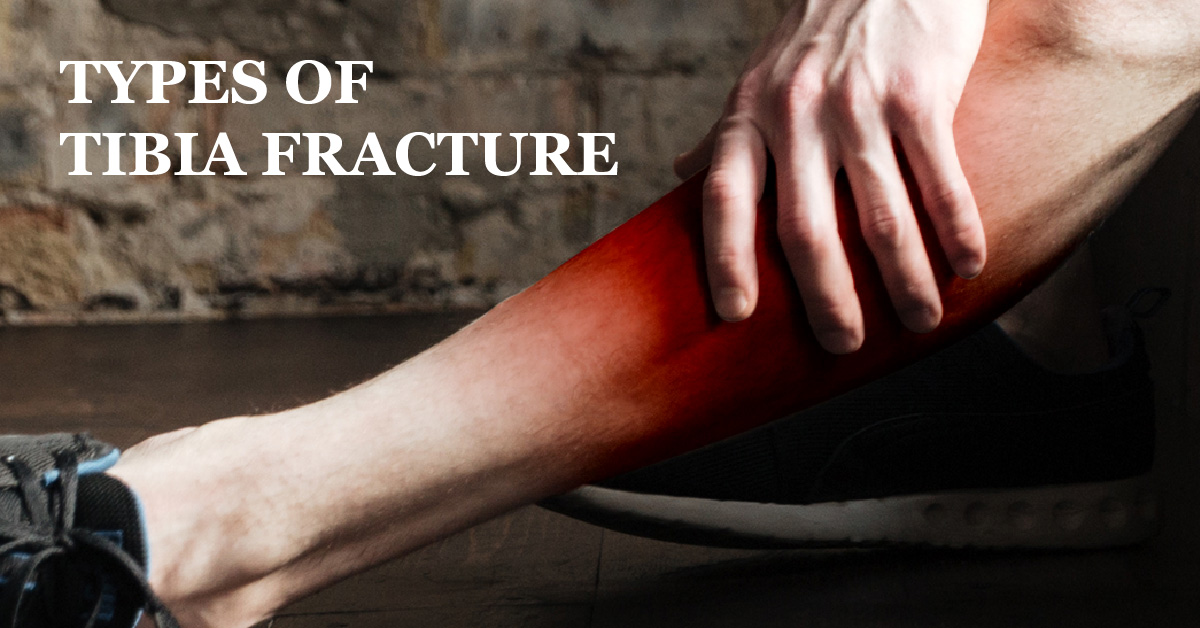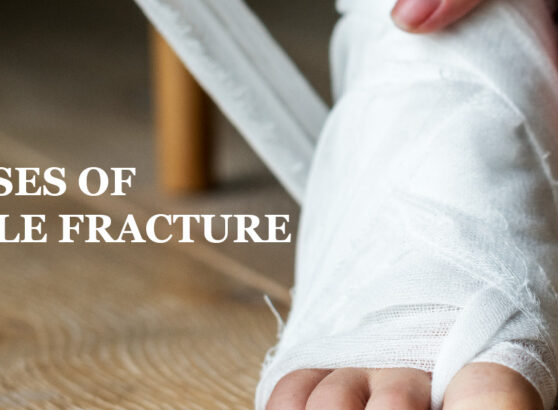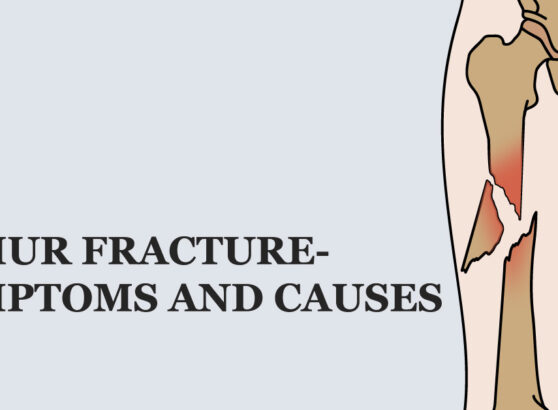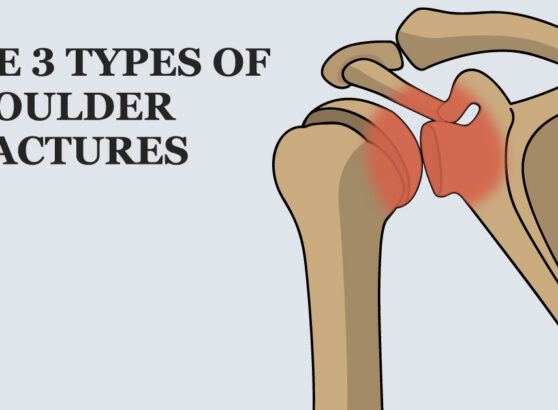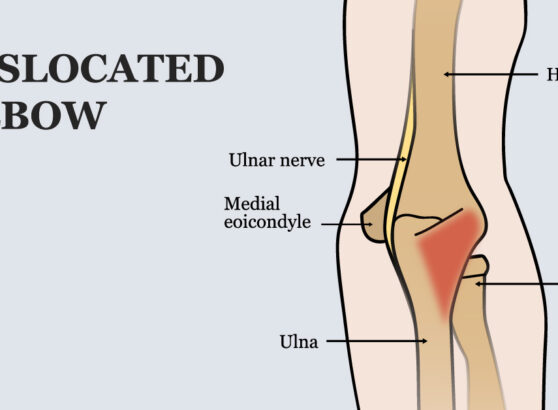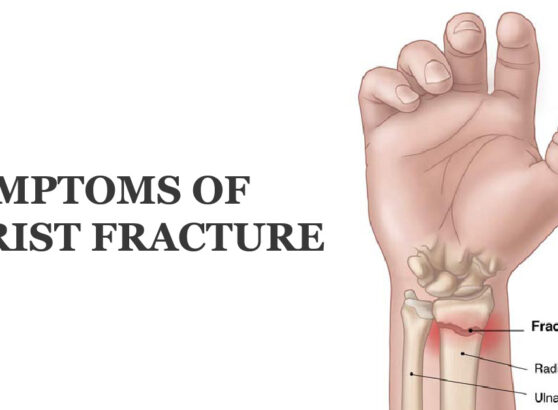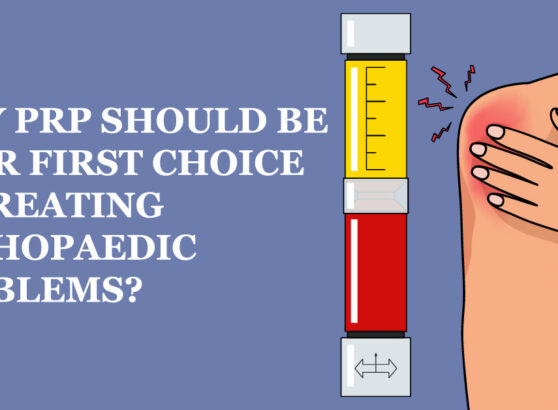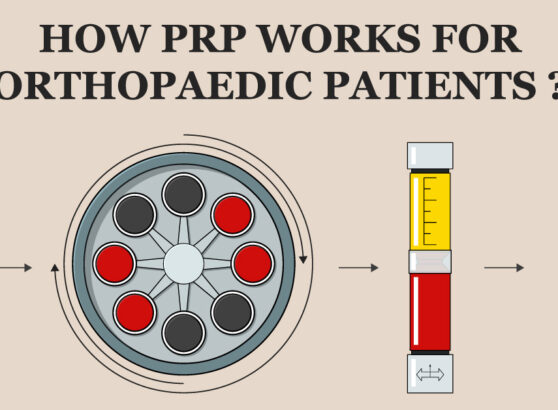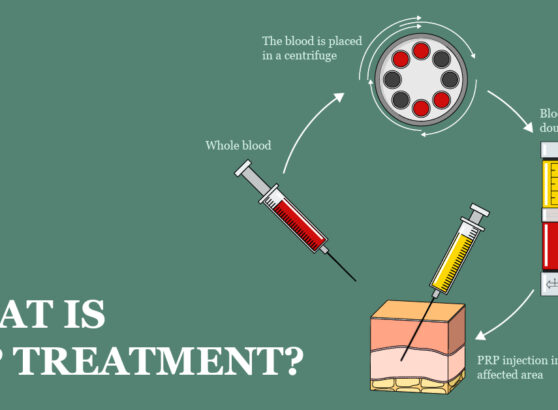The long bone located in the lower leg between the knee and foot is known as the shinbone or tibia. Tibia fractures are usually caused by an injury or repetitive strain on the bone and it’s very common. The severity and type of fracture may vary, depending on the cause of the broken bone. Fractures that occur at the upper part of the tibia are called proximal fractures and fractures that occur below this area known as tibia shaft fractures. Apart from this, the following are the major types of tibia fractures-
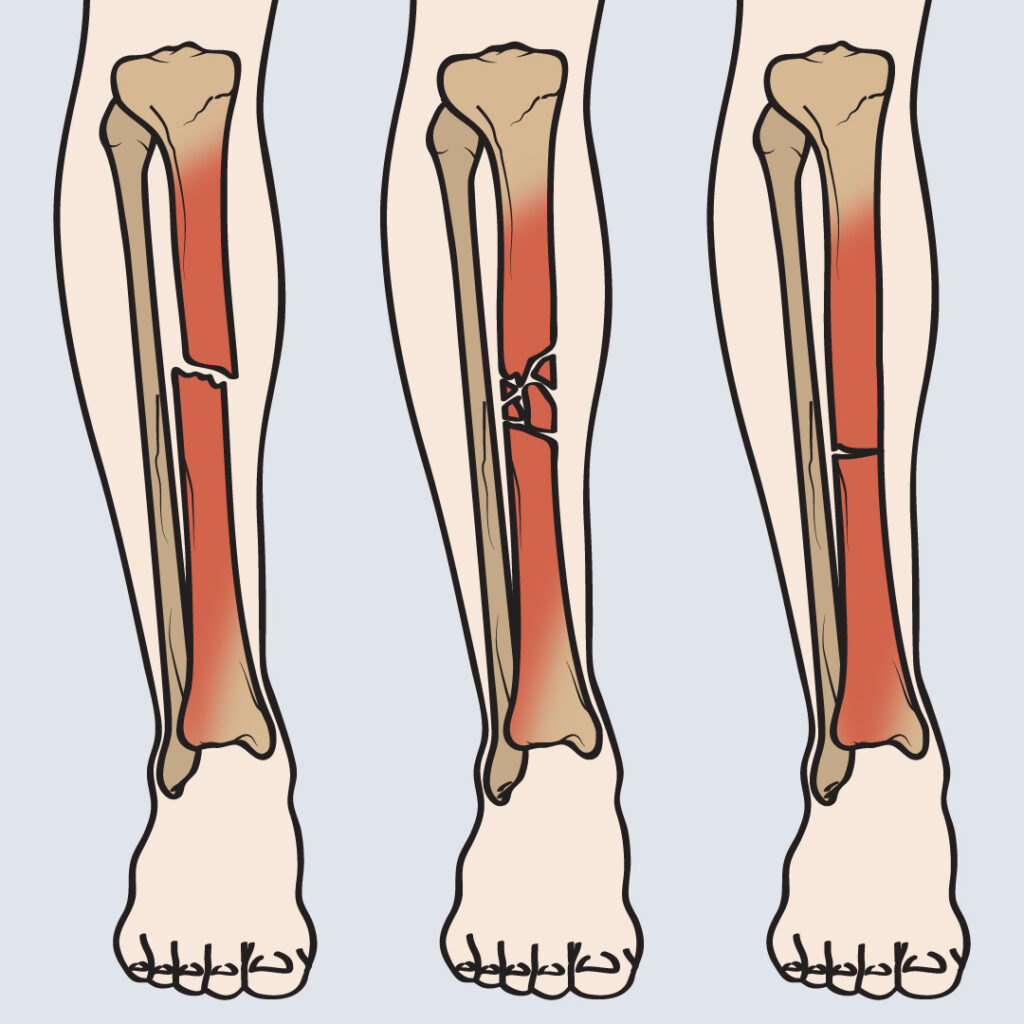
- Spiral fracture- A spiral-shaped fracture occurs when a twisting movement causes a break.
- Displaced fracture- When a crack in the bone moves part of the bone so that it is no longer aligned, a displaced fracture occurs. Surgery is often needed to correct this type of fracture for realigning the bones back together.
- Stable fracture- It involves a crack in the bone that leaves most of the bone intact and in its normal position. During the healing process, the broken parts of the tibia line up and maintain their correct position. This is also known as a non-displaced fracture.
- Stress fracture- Stress fractures commonly known as hairline fractures are overuse injuries. These fractures are small as there are just thin cracks in the bone.
- Comminuted fracture – When the bone fractures into three or more pieces, this is called a comminuted fracture.
When bones are broken, they can either stay under the skin or break through its surface. When a broken bone breaks through the skin, it is known as open fractures. With closed fractures, the bone does not break the skin, still, there may still be internal tissue damage.
This is the general information about Tibia Fracture. We recommend you to take your doctor’s advice for proper guidance. We hope this information adds value to your knowledge. Watch out this space for more such information. Greetings for SYS Medtech International PVT. LTD.


